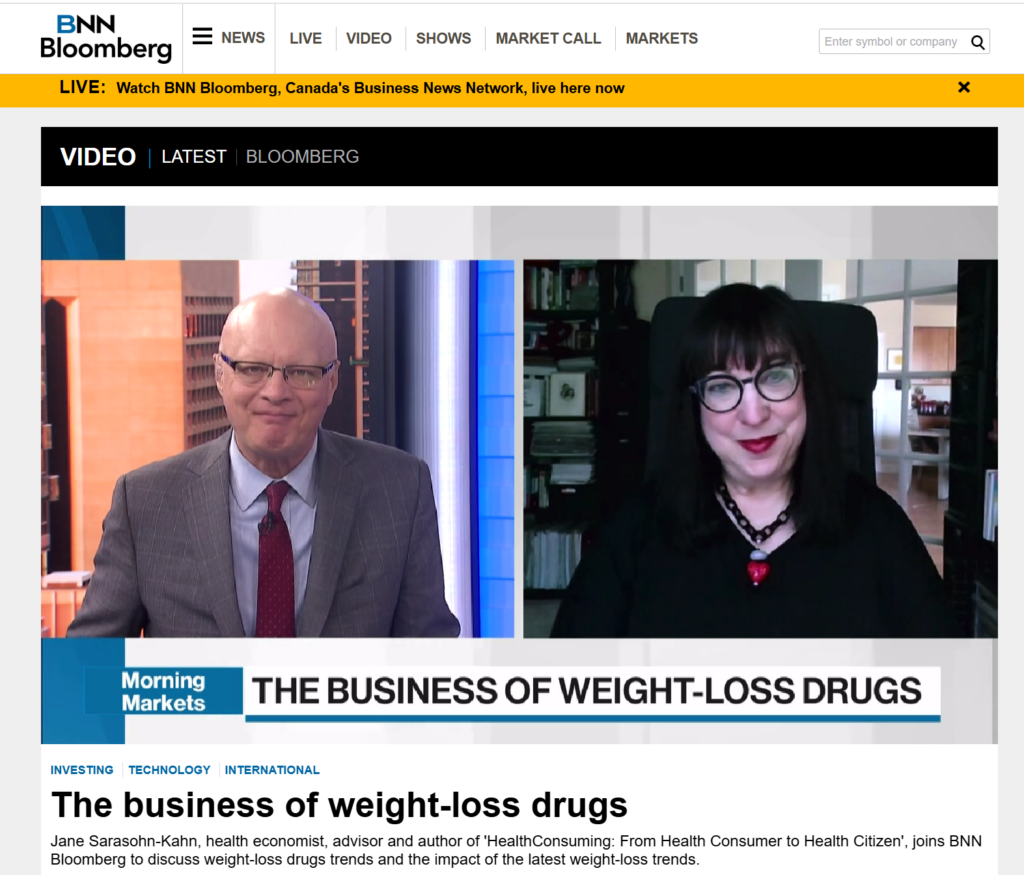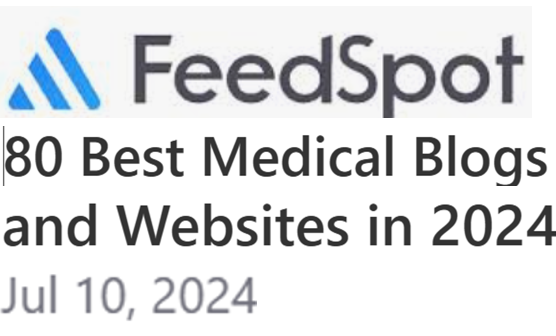In the crush of crowds on the vendor floor at the HIMSS10 exhibition this week in Atlanta, booths are strategically designed with Pantone-matched colors and icons and clever taglines. Sales teams are festooned in corporate logo-emblazoned polo shirts (orange is popular this year). Colorful banners exclaim this year’s HIT mantras: lots of “HIE spoken here!” and “We are connectivity.”
With all the thought and dollars allocated to health information technology sales and marketing, I wonder how much the line item known as “design” gets? As I spend a lot of time with pharmaceutical companies in the past two decades, I’m getting a deja vu all over again in this regard.
There is no meaningful use in HIT if the central health stakeholders targeted in ARRA stimulus funding — clinicians, clinics, hospitals, health administrators, and health citizens — don’t embrace, use and delight in the value that HIT delivers. Given the general tenor of CFOs, CIOs and doctors with whom I spoke, the mood one year after ARRA is dazed and confused.
[My “N” is of course not statistically significant but rather a few dozen anecdotes — still worthy of this discussion]
My context here is motivated by a comment to Health Populi by the clinician-innovator Dr. Jay Parkinson who notes that, without designing health products and services that give the people what they want and where they ‘live,’ there’s no significant adoption and persistence of use.
On the EHR front, I’m encouraged by a few of the offerings I saw and discussed. Top of mind here is Epocrates. Now 10 years old, the company’s products are used by most physicians. The physician-facing brand of Epocrates is viewed as trustworthy and authentic — two key traits that engagement requires, and health engagement in particular. While Epocrates‘ EHR is just entering alpha/beta mode, the product is expected to be out in Q4. So as I haven’t kick its tires, I’m talking on faith in the company and its deep relationship with physicians. Let’s also remember that they have a rich track record of well-designed applications with a deep bench of trusted users.
Design will be critical to HIT in these years of meaningful use and implementation. This is a measure-twice (perhaps even thrice) cut-once world. Small physician practices that haven’t yet adopted EHRs will be taking leaps of faith in making EHR investments in the coming months. Good design will be the differentiation across the value chain of EHRs, from user interfaces all the way through to implementation, training and support.
Health Populi’s Hot Points: In his book, The Design of Everyday Things, Don Norman provides a sort of bible on user-centered design. He says on his blog that, “People want the extra power that increased features bring to a product, but they intensely dislike the complexity that results. Is this a paradox? Not necessarily. Complexity can be managed. The argument is not between adding features and simplicity, between adding capability and usability. The real issue is about design: designing things that have the power required for the job while maintaining understandability, the feeling of control, and the pleasure of accomplishment.
This seems a useful guideline for designing EHRs that will get well-used, and loved, by clinicians. I didn’t hear much about these features in Atlanta this week. Perhaps it’s just not coming out in the brochures and scripted sales talks? Those need sound design, too.




 Interviewed live on BNN Bloomberg (Canada) on the market for GLP-1 drugs for weight loss and their impact on both the health care system and consumer goods and services -- notably, food, nutrition, retail health, gyms, and other sectors.
Interviewed live on BNN Bloomberg (Canada) on the market for GLP-1 drugs for weight loss and their impact on both the health care system and consumer goods and services -- notably, food, nutrition, retail health, gyms, and other sectors. Thank you, Feedspot, for
Thank you, Feedspot, for  As you may know, I have been splitting work- and living-time between the U.S. and the E.U., most recently living in and working from Brussels. In the month of September 2024, I'll be splitting time between London and other parts of the U.K., and Italy where I'll be working with clients on consumer health, self-care and home care focused on food-as-medicine, digital health, business and scenario planning for the future...
As you may know, I have been splitting work- and living-time between the U.S. and the E.U., most recently living in and working from Brussels. In the month of September 2024, I'll be splitting time between London and other parts of the U.K., and Italy where I'll be working with clients on consumer health, self-care and home care focused on food-as-medicine, digital health, business and scenario planning for the future...